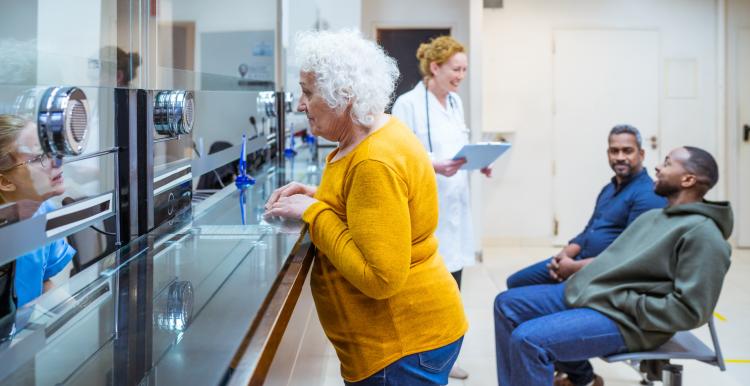Patient priorities for the next ten years

1. Putting patients first
The Government has set out three shifts to help reform the NHS over the next decade. These are:
- Moving more care from hospitals to communities.
- Making better use of technology and shifting from an analogue to a digital NHS.
- Focusing on preventing sickness before people need treatment.
These shifts align with what lots of people want to see from the NHS in England, with easy access being the main thing people tell Healthwatch they want.
2. Getting the basics right
Although the NHS is made up of many organisations, it should feel like one coordinated and connected service to people accessing it.
But people said they can find it difficult to understand and navigate an often complicated and confusing health system. This includes people feeling bounced between teams who lack understanding of who does what, and what support people may need to access their care. Disjointed systems that don't “talk to each other” mean that people’s medical records, including communication needs, are not consistently recorded.
3. Tackling health inequalities
People who already face inequalities are more likely to be affected by problems in the NHS.
- People from ethnic minority backgrounds, disabled people, unpaid carers, and women are more likely to face longer waits for and worse experiences of planned hospital care.
- People on lower incomes are less confident in accessing daytime GP appointments. They're also more likely to avoid attending dentist or other health appointments due to associated costs, such as the cost of a phone call, internet access, or travel costs.
4. Measuring people’s experience of care
Reducing waiting times for planned NHS care and in A&E departments has been a key focus for NHS leaders in recent years. This is important, and matters to patients, but it won’t happen overnight. Patients’ experience of waiting, comfort, choice of care, and communication with services are just as key.


